Hi! I’m Jessica Gremley, Founder and CEO of Natural Acne Clinic. This blog post is a personal one for me as it took 15 years of education and research to figure out how to clear my own hormonal acne.
I launched NAC out of my passion to share the truth about acne and how hormonal acne can be treated naturally. With each client we serve, my hope is to debunk misleading myths and incorrect information about how hormonal acne can be cleared once and for all because I was able to do it for myself.
When we consume the wrong information, we often think the “natural” approach will not be as effective as a more harsh treatment like Accutane. Not true!
Harsh topicals, birth control pills, and pharmaceuticals can destroy the body from the inside out and are not the only option. Honestly, these are pretty old-school approaches that don’t consider the whole body as we do at NAC.
The American Academy of Dermatology has found the onset of adult acne is becoming increasingly common in women in their 30s, 40s, and even 50s. Studies show that up to 50% of women in their 20s and 25% of women in their 40s struggle with acne triggered by hormonal changes in the body.
Pregnancy, diet, stress, and menopause can cause hormonal imbalances triggering acne on the jawline, chin, or lower cheek. It can often appear red and inflamed causing some amount of pain.
The Link Between Our Hormones and Acne
Before we get to the three best natural treatments for hormonal acne, let’s first discuss how hormones trigger breakouts. Bear with me for a moment while we have a mini biology lesson!
Hormones have a major role in the development of acne. Although the exact mechanism behind their powerful influence is unknown, we do know that androgen hormones gum up the follicle by triggering oil production.
Androgens are the so-called “male hormones” and are present in males and females. The testes, ovaries, and the adrenal glands all produce androgens. The most well-known androgens are testosterone and its breakdown product is dihydrotestosterone (DHT).
Discover How You Can Get Clear Of Your Acne.
Schedule A Free 15-Minute Clear Skin Discovery Session
This is all important because research has shown there are androgen receptors in the base of the oil gland and also in the cells that line the pores! If there are high levels of testosterone floating in the body, they are highly capable of binding to these receptors.
To put it simply, when these hormones attach to the oil glands (aka receptors) in the skin, they trigger the gland to produce more oil as well as feed the bacteria. Then, an inflamed acne lesion is well on its way to the surface of your skin.
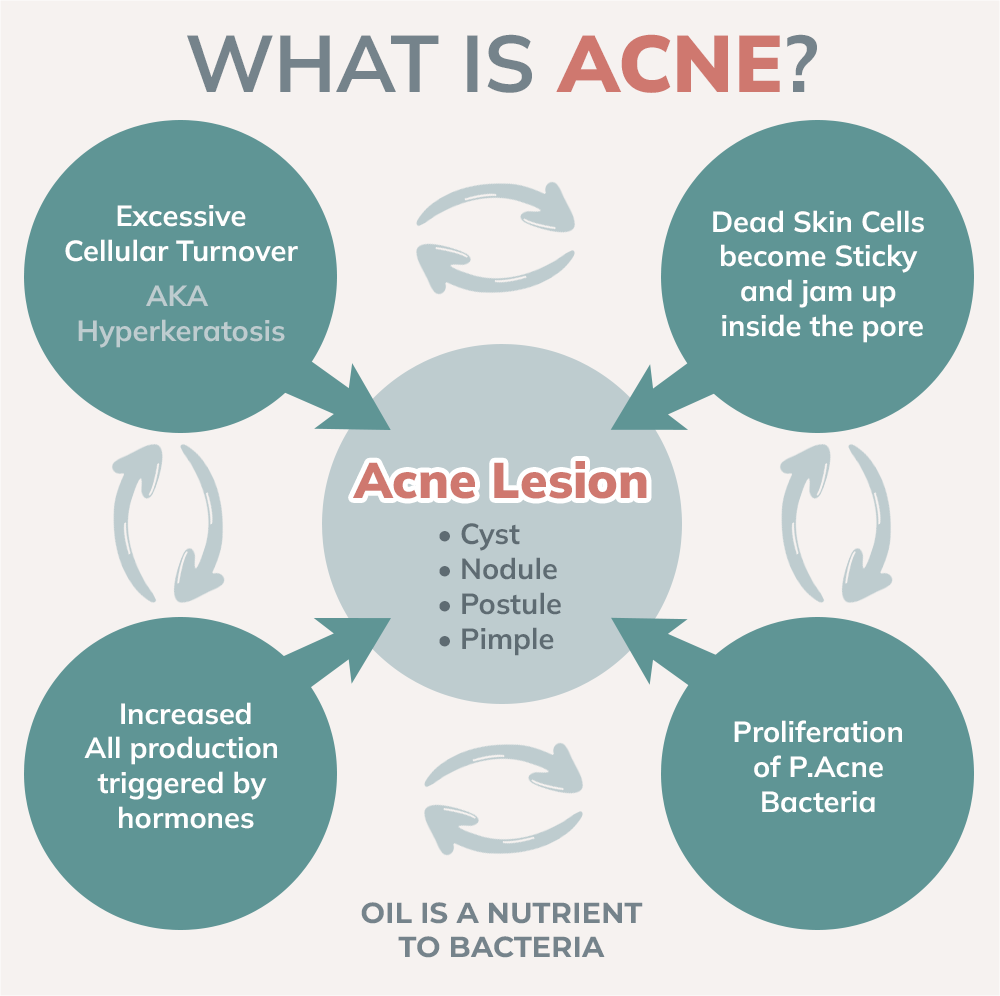
Acne Lesion
The key takeaway is that by lowering androgen and testosterone levels in the body, the skin will not produce as much acne or not produce ANY at all.
So how does Estrogen play into all this?
Estrogen and testosterone frequently act like a teeter totter. As one goes up the other goes down.
Hormonal acne is an elevated androgen/testosterone and low estrogen issue. It is not an elevated estrogen problem. Therefore, taking herbal supplements that “block” estrogen, such as DIM, will make your acne worse and increase testosterone causing cystic breakouts. I do not recommend DIM for hormonal acne for these reasons.
So it makes sense that if you lower androgen levels, the skin will not produce as much oil—and your acne will improve!
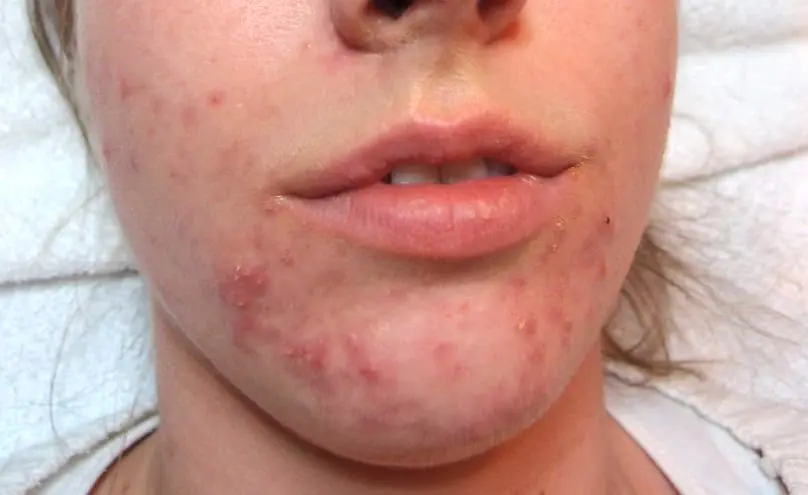
Hormonal Acne Causes
Your Diet May Be The Culprit
Food is one of the primary contributors to fluctuating or increased hormone levels in our bodies.
The typical American diet is acidic and high in saturated fats, processed grains, meat fats, and refined sugar. It is also low in fresh vegetables, fruit, fish, fiber, and antioxidants. Research has shown that this can cause an imbalance in testosterone and androgen levels, respectively. Therefore, a healthy diet is one form of natural treatment for hormonal acne. Another way to balance hormone levels is by taking certain herbs and vitamins. Both these items are discussed in more detail below.
Polycystic Ovarian Syndrome (PCOS)
PCOS is a condition in which women have an imbalance of female sex hormones. It is linked to low levels of estrogen and progesterone and high androgen levels (male hormones typically found in small amounts in women).
It is not completely understood why or how the changes in hormone levels occur. This hormonal imbalance causes the woman’s ovaries to not release eggs. Instead, they form very small cysts.
Symptoms of PCOS include lack of a period, irregular period, body hair growing on the chest, naval, face, or around the nipples, hair thinning on the head, acne, dark skin markings around the neck, armpits, groin or breasts as well as decreased breast size.
The increase in androgen levels is responsible for causing these male-characteristic symptoms. It makes the skin oilier than usual and causes breakouts on areas like the face, chest, and upper back.
If you think you may have acne triggered by PCOS, please contact your physician for testing and diagnosis.
Low Dose Birth Control Pills
These tablets and devices are low in Estrogen and, therefore, tend to increase the bodies Androgen levels as the Estrogen drop. Think of a teeter-totter…as one goes down the other goes up.
As a general rule of thumb, those with the potential for higher androgenic symptoms should be avoided for people prone to acne because they promote breakouts. As an acne sufferer, it is critical to speak with your doctor about selecting a form of birth control that is higher in estrogen and lower in androgen potency.
SOLUTION: Take out the IUD or come off the low-dose birth control pill and switch to a safe tablet if you are on birth control for a said reason. Here at Natural Acne Clinic, we are not proponents of using birth control pills or devices to “balance” hormone levels or to clear acne. With that said, it is ok to be on certain types of birth control to prevent pregnancy and keep your skin clear.
How to Get Hormonal Acne Treated and Get Clear Skin Naturally
1. Take Your Vitamins and Herbs
While hormonal acne is stubborn, there are some easy strategies you can take to balance hormones for acne relief naturally and it starts with vitamins and herbs.
Vitex for Acne
In women, hormonal acne typically manifests along the jawline and chin. If this sounds familiar, taking Vitex for acne may be a successful treatment.
Vitex agnus castus, also known as Chasteberry, is a “woman’s herb” that’s been traditionally used for hormonal imbalances. It’s been used for menstrual symptoms of low progesterone in the luteal phase (the part of the cycle that starts at ovulation and ends the day before your next period). These symptoms include depression, crying, mood swings, acne, nervousness and anxiety.
Vitex has also been used as a natural remedy for treating such symptoms of high estrogen levels as pain, tender breasts, bloating and heavy periods.
Current research shows that Vitex can support healthy hormone levels and relieve pre-menstrual symptoms. It can also be an effective natural hormonal acne treatment.
How does Vitex for Acne Work?
The Vitex herbs act upon the pituitary and hypothalamus glands by increasing luteinizing hormone (LH) production and mildly inhibiting the release of follicle-stimulating hormone (FSH). This results in a shift in the ratio of estrogen to progesterone, with a rise in progesterone. The ability of the Vitex to increase progesterone levels is an indirect effect.
Vitex itself is not a hormone, but rather an herb that helps the body balance natural estrogen and progesterone. By balancing the estrogen, the androgens then come into balance as well.
The best way to take Vitex for acne is by taking it first thing in the morning between 7-8am. That is when your pituitary and hypothalamus glands are active to regulate female sex hormones. You can expect to feel the full benefits of taking vitex for acne within 3-5 months.
We offer an organic, vegan and therapeutic-grade Vitex that is designed for hormonal acne treatment.
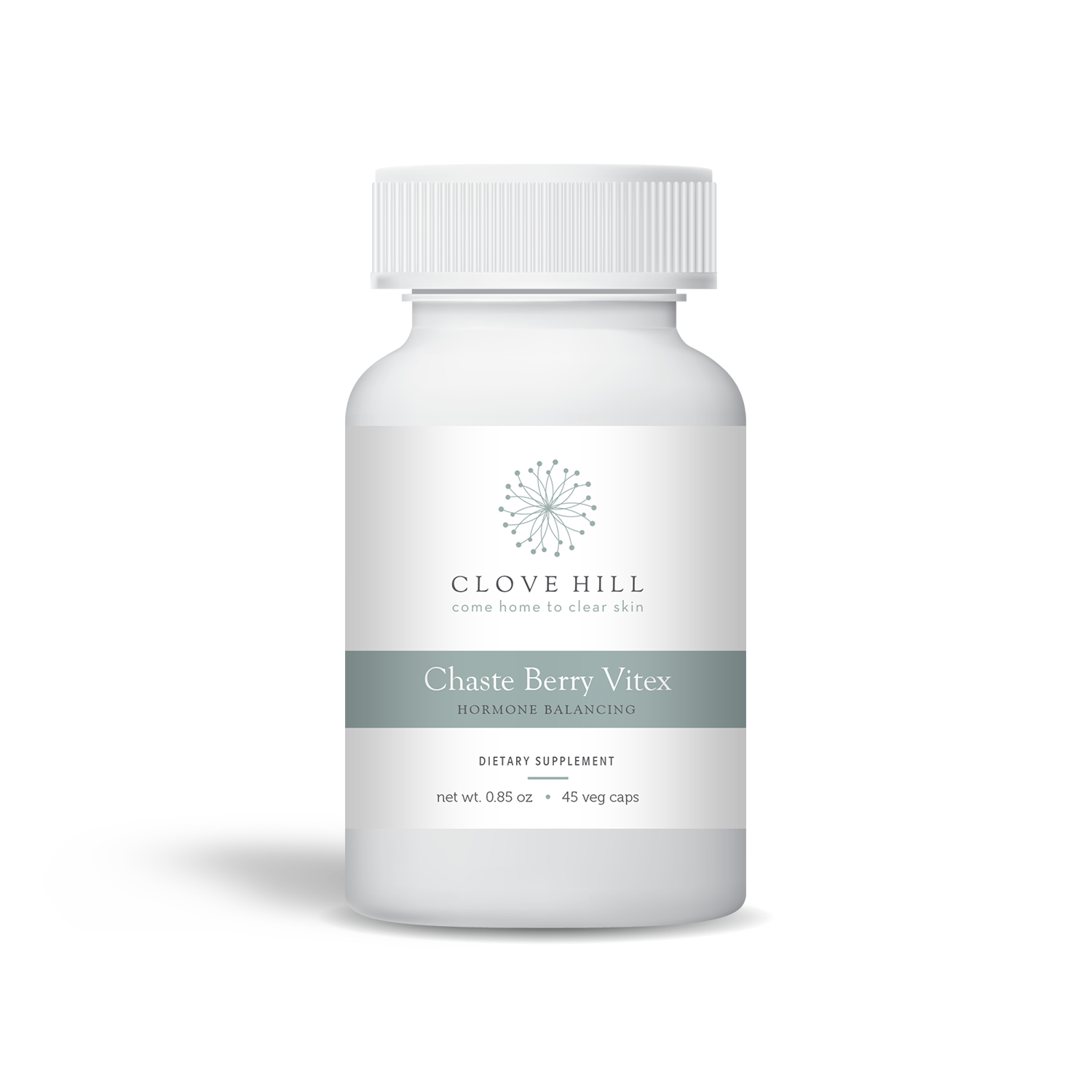
Saw Palmetto
Saw Palmetto is a small palm with fan-shaped leaves and sharply toothed stalks, native to the southeastern US. Supplements made from the berries are used to decrease inflammation and are found to decrease the uptake of testosterone in the body. These effects are likely attributed to natural anti-androgenic effects, which block the actions of testosterone in the body, which in turn can help reduce acne breakouts for women and men.
While Saw Palmetto is primarily marketed towards men, it can be used by females as well! For women, this herb is recommended if periods are more than 36 days apart or for females with signs of excess testosterone like dark, coarse hair growth on upper lip, chin, naval or areola, PCOS diagnosis, skin darkening on the underarms, or overweight with small breasts.
Saw Palmetto can also be used as a natural replacement for Spironolactone when prescribed for acne because it is a natural androgen reducer.
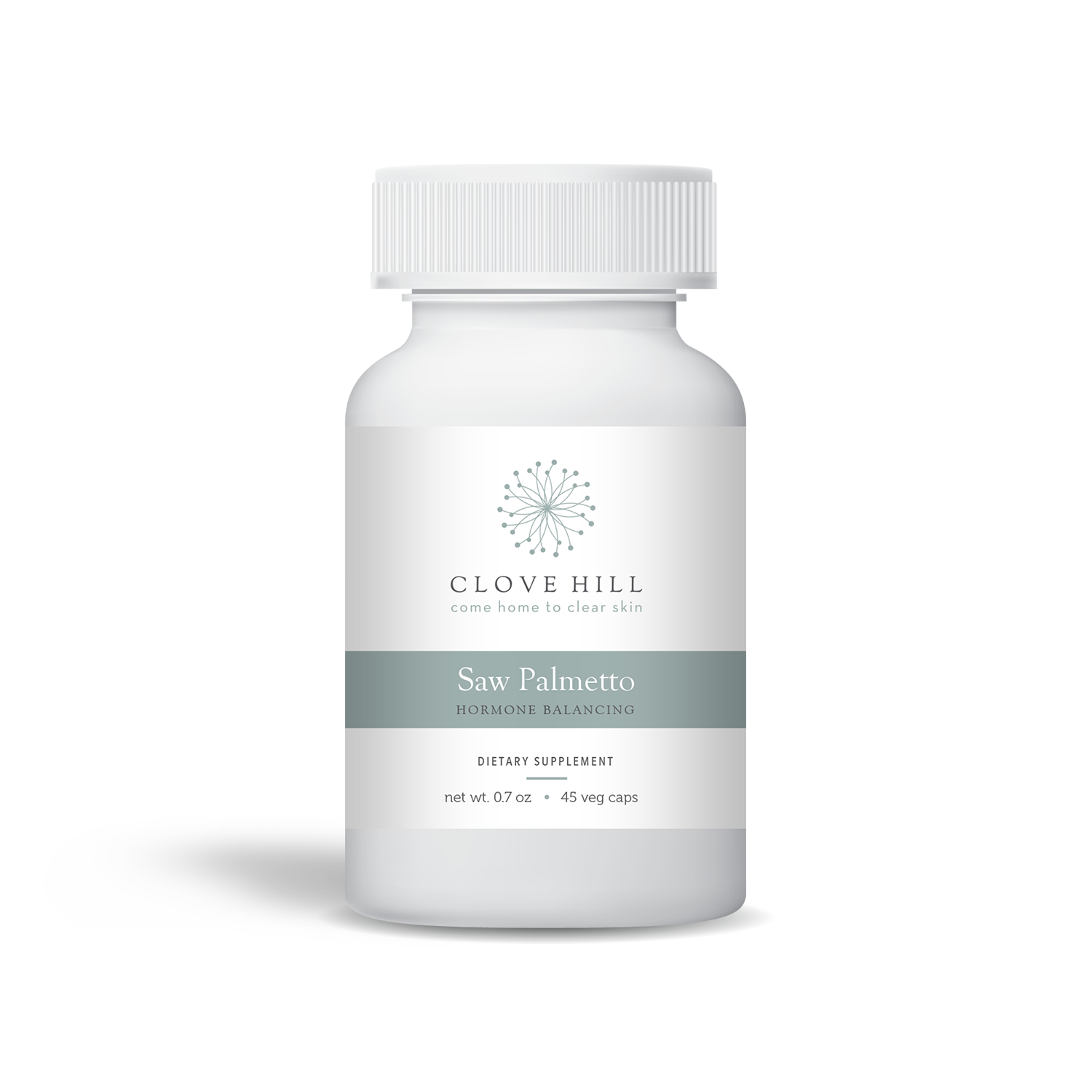
Omega-3 Fatty Acids
Omega 3 fatty acids EPA and DHA have also been shown to be an effective hormonal acne treatment. Not only do these essential fatty acids soothe your body’s inflammatory response to excess sebum and bacteria, but they also help balance acne-causing hormones such as testosterone and androgen.
Taking Clove Hill SkinOmega-3 in addition to eating foods high in Omega 3’s can be an effective hormonal acne treatment.
*Click here for the complete Female and Male Hormone Balancing Bundles.
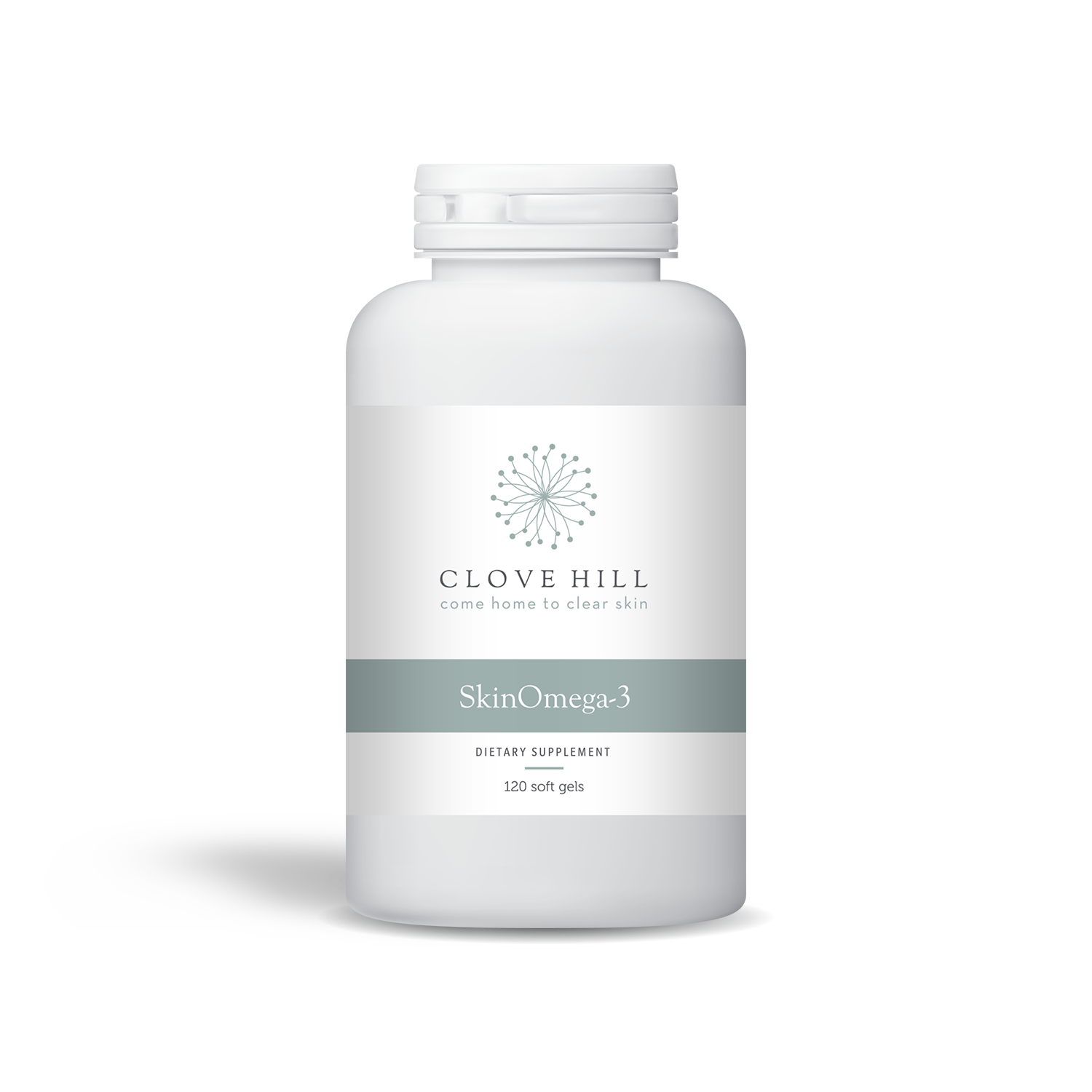
2. Hormonal Acne Diet
In 1984, the first study was conducted in Finland that showed a diet-hormone connection.
Decrease your intake of saturated fat:
In 1984, the first study was conducted in Finland that showed a diet-hormone connection. In one six-week study, Dr. Esa Hamalainen and her team showed that by switching from a diet high in saturated fat to one with 38% less fat and more polyunsaturated fats (nuts, seeds, fish, algae, leafy greens) caused a significant reduction in androstenedione (precursor to testosterone) and testosterone in the
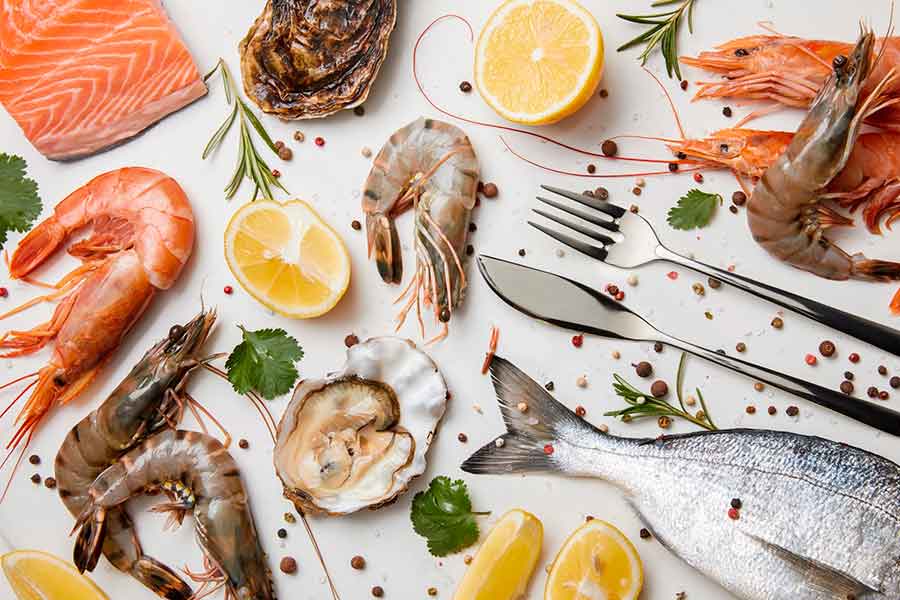
Increase fiber consumption:
Yes, eating fiber can help clear your skin! One study published in the American Journal of Clinical Nutrition found that diets high in refined carbohydrates resulted in higher incidence of acne. Research shows that a high fiber diet can decrease blood testosterone, DHT and DHEA—androgens that trigger hormonal acne.
In America, the average daily consumption of fiber is 13 grams. The recommended daily dosage is 25 grams for women and 38 grams for men. So switching from white slices of bread, rice and pasta to high fiber, whole wheat foods can help lessen the severity of acne.
Stay away from cow’s dairy (especially cow’s milk):
Research shows that dairy can cause acne due to high levels of iodine. While milk itself does not naturally contain iodine, farmers give their cows iodine-fortified feed to prevent infection. They also use iodine solutions to sanitize cow udders and milking equipment. As a result, the iodine gets into the milk itself.
According to research published in the Journal of the American Academy of Dermatology consuming dairy – specifically, low fat/skim milk — is much higher in teenagers who have acne. Safer options are goat and sheep milk.
Increase alkaline foods and decrease acidic foods:
Meat-based proteins coffee, alcohol, sugar, and processed grains – all foods that are a big part of the typical American diet—are acid-forming in the system. This leads to a condition called acidosis. Acidosis is the technical term for over-acidification. The main symptom of acidosis is fatigue.

Other symptoms include loss of enthusiasm for life, loss of sex drive, poor sleep quality, depression, and tiring quickly both mentally and physically. Advanced stage symptoms of acidosis include sensitivity to cold, low blood pressure, hypo or hyperthyroid, and low blood sugar.
These symptoms are caused because the main minerals that are required to nourish the nervous system, such as calcium, magnesium, and potassium, are the very same minerals that the body uses to neutralize acids!
Studies show that alkaline foods such as fruits, vegetables, and whole grains help neutralize these acids Just by eating more fresh fruits, vegetables, and whole grains in replace of meat, sugar, and other processed foods you will not believe how amazing you feel in just a few days!
3. Stress Reduction- yes, it does affect our hormones!
These days, starting from kindergarten, the pressure is on. We all experience it and try our best to reduce it.
And if you’ve noticed extra pimples during times of stress, you’re not alone. Research shows there’s a definite link between stress and acne breakouts.
Simply put, stress activates the adrenal glands to produce extra androgen hormones which eventually results in inflamed acne breakouts in acne-prone skin. These extra hormones stimulate the sebaceous glands in the skin and trigger a breakout.
The stress-hormone connection is more of a problem for women than it is for men because they produce most of their male hormones (androgens) in their adrenal glands. Men, on the other hand, produce most of their male hormones in the testes and only a very small amount in the adrenal glands.
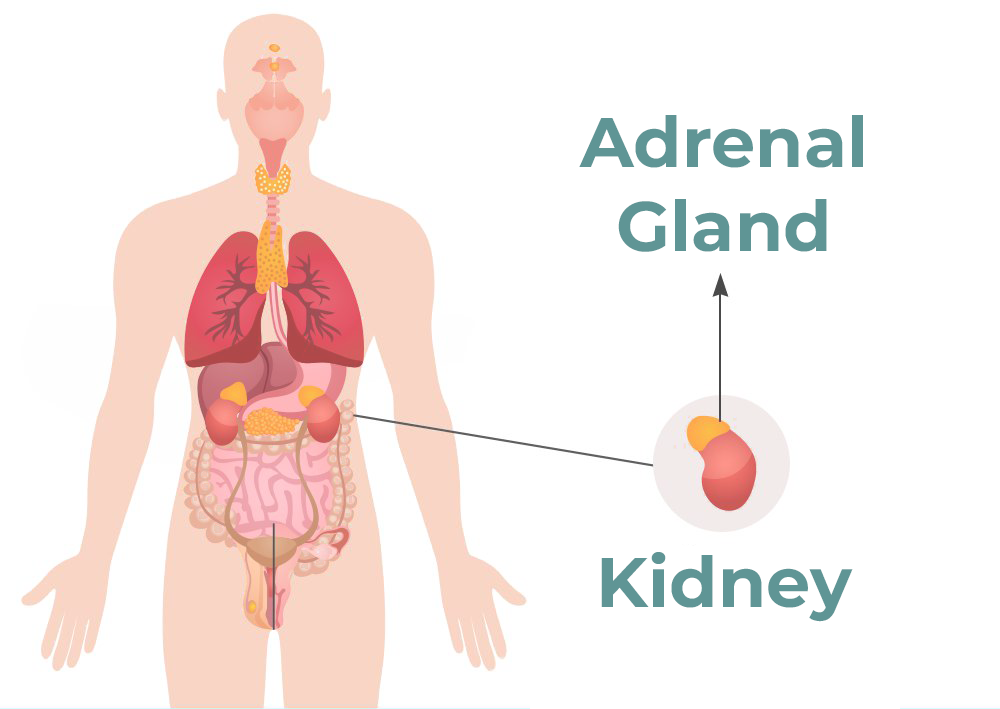
Men’s primary hormone is testosterone so when they get stressed and the body produces extra testosterone, it does not have as big of an impact as it does for women. Since women produce about one-tenth of the amount of testosterone as men, a sudden surge of additional testosterone can have a significant impact on the body—and the skin.
What’s more, stress also causes high levels of acidity. Eating more alkaline foods neutralizes these acids while also reducing cortisol levels.
To protect our adrenal glands from this surge of androgens (testosterone), we have to protect them! The Adrenal Stress Formula is one of the easiest ways to prevent that spike of androgens from affecting our skin and triggering a stress breakout.
Don’t Underestimate Nature’s Healing Power
As you can see, I am very passionate about the topic of hormonal acne because it is often not discussed by mainstream skincare professionals when treating blemished skin.
Although there are wonderful topical products on the market (and on our shelves at Natural Acne Clinic), addressing hormones is a huge component for achieving lifelong clear skin. Not only have I successfully done this for myself, thousands of NAC clients have as well, and so can you. Let us show you how!
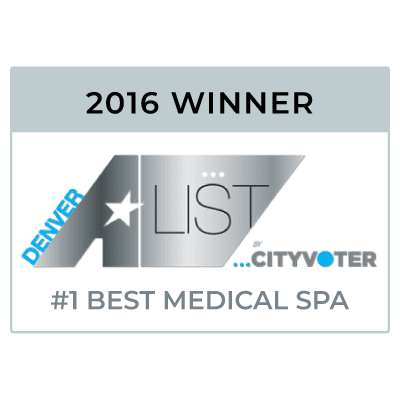
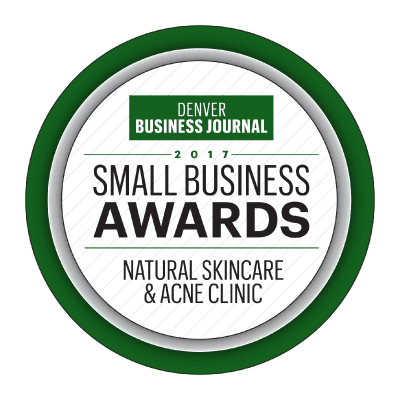
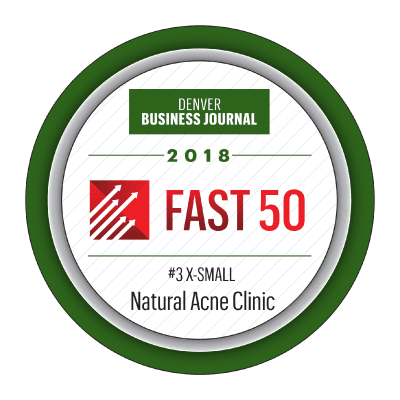
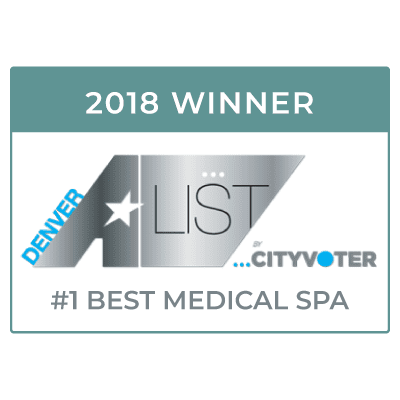
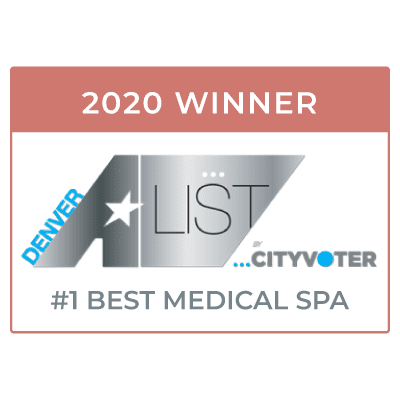

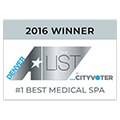
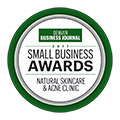
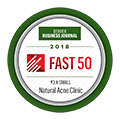
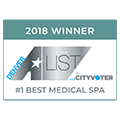
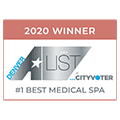

Hi Jessica,
Thanks for the information. It really helped me understand the delicate balance of hormones in our body. I was diagnosed with PCOS in January 2014 and I had high DHEAS levels more the double the normal limit. My ultrasounds also showed PCOS, more on the right and less on the left ovary. I was put on Metformin and cyproterone acetate (25mg) for a few months. That brought down my DHEAS to within the normal, but higher side of normal range.
I stopped taking cyproterone acetate but continued Metformin. I was also taking a synethic progesterone “Duphaston” twice daily from day 5 to day 25 of my cycle. This was supposed to help restore my cycles which were extremely irregular. However, that didn’t happen and I still experienced irregular cycles either spotting for days or missed periods. When my OBGYN did an ultrasound recently, a new “cyst” was seen on the ovary. I consulted another doctor and she suggested that it might simply be a follicular cyst. I was then given Primolut NOR for 5 days to induce a period.
I don’t suffer from acne as such (except for a small pimple or two at certain times) but I do get some unwanted hair on my chin and I have thinning hair on my head. When I was taking the anti androgen, all these symptoms were gone. However, I don’t want to take this mediciation because of risk of blood clots.
Are there any supplements I could benefit from? Would vitex work better or saw palmetto? I was thinking for taking the following-
1 NAC- N acetyln cystine
2. Multivitamin with chromium, zinc and B vitamins
3. Biotin ( I already take this)
4. Vitex
Any recommendations you could give me?
Thanks,
Aalisha
Dear Aalisha,
Please message me privately for a recommendation at info@naturalacneclinic.com
Happy to help,
Jessica
hello Jessy glad to know that but am badly off
Remove the biotin for a time period and see if your acne improves. I think Biotin works very well but same thing that boosts folical stimulation for hair growth stimulates acne.
This is absolutely true! Biotin is an acne trigger and should not be used when acne-prone. It is unfortunate that these vitamin companies call a product “Hair, SKin and Nails” and do not warn us to not take it if prone to breakouts.
Hi Jessica,
I read somewhere that taking vitex to solve the problem of hormonal inbalance makes as much sense as taking caffeine to cure fatigue. It will worsen the underlying problem while masking it? Is this true?
I have been suffering from adult acne on the chin and jaw regions especially before my period for 3 years now and was considering taking vitex after reading the success other woman have had with it curing their acne.
Will I regret trying vitex?
Thank you!
I was suffering from PCOD for last 7 years with irregular periods in the start and followed by no periods at all for a year. i Had put on a lot of weight, i have facial hair and thin hair on the scalp. But for the last seven months, my periods have got regular without any medication. I had stopped all my medications more than a year ago. But the problem is ever since my periods have got normal, i have acne breakouts on my face and its weird cause in the whole of my life time up till now i have never seen a spot on my face and the excess body hair on the face and stomach still remains. Kindly help me with something to treat the acne and excessive hair along with keeping in mind that i don’t want to disturb the periods which are now normal.
my progesterone levels are normal and testosterone level keeps fluctuating sometimes more than the female range and sometimes lower but at the higher side.
Hi Jessica,
I have been suffering from acne for about 6 years now. I eat well, no diary, no alcohol, gluten free, and no processed foods. I use all organic products when it comes to face wash, shampoo, and laundry detergent.
For supplements I take Maca root powder, and women’s raw multivitamins.
I believe that my acne is hormone related and I put myself through a lot of stress so I believe that my cortisol levels are really high.
Do you have any tips for me?
Thanks,
Chelsea
Hello! I was diagnosed with complex endometrial hyperplasia in January of 2014. Took 9 months of Megace to bring my progesterone levels up. Finally had a clean biopsy in December of 2014. Went back to a fertility specialist who started me on letrozole for 5 days and then a week later took 10,000 IU’s of hcg. A few days later had an IUI. Just got my period and am, of course, bummed. Would Vitex be helpful to me? I keep reading great things about it. Would love to take something that could help me balance my hormones and get pregnant.
Jessica,
Thanks for this useful information! I’m suffering from severe cystic acne, and I’m having trouble with finding the root cause of it. My acne seems to be mainly on my lower cheeks and around my mouth/chin area, which leads me to believe it might be a hormonal imbalance. Over the past year i have drastically changed my diet by cutting out gluten, dairy, sugar and processed foods, but my skin is still freaking out. I recently tried taking evening primrose oil capsules because I read it was good for this issue, but my skin has never been worse. I then found out it works better gor women going through menopause, which is not the case for me (im in my 20s). Would you still recommend trying vitex? Im just worried it wont treat the ‘right’ kind of hormnal imbalance… I was also thinking of taking milk thistle to help with liver detoxification, but I’m not sure. What would you suggest? Thank you so much!
I have been fighting missed periods and hormonal acne since 9th grade. I am now in my third year of college and still no one has helped me. I am sick of going on minocycline and was wondering if I could benefit from vitex? I take my vitamins and had tests done to check my levels which they said were ok but prescribed a pill to give me more progesterone. Thank you so much for your help I appreciate anything!
Help with hormonal acne.
I really enjoyed reading your post. Thank you for the information.
Hi Jessica. I am fully in menopause. 52yrs. I have struggled with sluggish adrenals, over production of cortisol, low Thyroid, T3…the gamut. I have been in a major shift in my life to reduce stress for over a year and working with a naturopath for 5yrs.There has been some improvement in symptoms. But testosterone levels remain in the high side…resulting chronic insomnia, mid section weight holding and acne. A doctor prescribed an RX to reduce testosterone, but I am reluctant to take it as it has side effects like causing the body to retain potassium, headaches (which I get already), etc. I take numerous herbs and supplements. Help!
The facial hair making embarasing..it around my chin..how treat it wit an effectiv way. Thanks for ur kindly reply
Hi, I had a acne free face all my life until i took a plan B and a month later I had the worst cystic painful acne on my jaw line and chin that iv ever had and i also got embarrassing facial hair growth. I had the worst time trying to figure out what it was from, went to 2 drs and a dermatologist and they didnt know why it was happening for some reason but put me on Spronolactone due to higher androgenic levels or testosterone. After a month the acne cleared up but i still have some light scarring. I had forgot i had taken the Plan B so for a year i still didnt know why i had high testosterone levels. Until recently i had to take another plan B and after i did i looked it up online and BOOM! There was my answer for all that i had been going through for the past year! I am pretty upset because i am afraid the acne will come back. Not sure if the Spronolactone will help prevent it or not. I am going to the dr to get on birth control ASAP. Is there any advice you may have for me to prevent that awful depression causing acne that i got last yr from the plan B?? I took my last plan B 2 weeks ago and no acne breakout but i didnt see any acne with the last dose until a month or so. PLEASE if you can help me to prevent a future breakout? I am NEVER taking a plan B ever again! I am very upset the 3 drs including a gynochologist didnt have a clue why i had acne and hair growth. She didnt even ask me if i took a plan B. I just dont understand why but am so glad i know WHY this all happened in the first place. Thank you so much for any advice!
Sincerely Tyra O’Bryant
Dear Tyra,
Thank you for reaching out! I will need more information in order to help you. Please feel free to contact me directly through email or at 720-340-2263.
Please help to cure acne on my scalp since i have tried most dermatitis related drugs&creams for the last five years only to get temporary healing.
Hi Ms. Jessica,
I am a 17 year old girl and I am suffering hormonal acne or cystic acne. I am not quite sure in what are they but all I know is they hurt and theyre red and they always appear on my chin or around my mouth. The rest of my face is clear. I am having them for about a year now and I wonder if I really have high levels of androgen because I am really eating clean. I have eggs for breakfast and salmon for lunch and dinner. I avoid sweets, dairy and carbs as much as possible because 1. Im watching my weight and 2. Im also watching my face. Please help. I feel so depressed about how I look like and I live in the Philippines so school’s about to start and I dont really want to go to college looking how I look like right now.
Hi Jessica, thank you for this vital information. I have been experiencing break outs along my jawline and have used several different natural remedies that do not seem to work. I am coming to the conclusion my acne may be due to hormones. I experience breast pain and menstrual headaches during my monthly menstrual, reading the information you have provided may seem I have high progesterone levels so not sure if vitex fruit is good for me.
Please advise, what you recommend. I also seem to experience some of the symptoms for lower progesterone levels as well making me confused.
I’d appreciate your feedback.
Thank you,
Maiysha
Maiysha,
Thank you for reaching out! I will need a bit more information in order to help. Please feel free to contact me at 720-340-2263 or through the contact page.
Jessica dear,
I’ve been worried from my acne on my chin since 3 months, it’s becoming more and more. I was having cystic acne before but only one or 2 so it was just find for me and I didn’t mind it, but now it is more and even leaving marks on my face.
I was suspecting maybe lack of sleep at night, and one more thing since I was young my period is always delayed for a week, although it’s coming every month, this is why I never consulted thinking that it’s just normal.
Kindly help me on this, I’m 29 and I think when I look at my acne it is stressing me out.
Thank you so much.
Kath
Hey Jessica!
I’m very interested in talking to you… I’ve suffered from hormonal acne for years.
Thanks!
Jessica,
Please feel free to contact me at 720-340-2263. Happy to help!
Hi Jessica,
I’ve been suffering from severe acne since I was 13 years old and I am now 24. The acne is never in one specific area, it’s all over my face, sometimes on my scalp, and on my back, chest and shoulders. I still haven’t found anything that helps. I had an eating disorder from age 16-21 and now my period is regular again, but my acne still remains. I have body hair on my face, and just about everywhere, and because of my extreme weight loss from my eating disorder, I have also lost a lot of hair.
When I was in my teens, my doctor told me I had low estrogen and progesterone levels, however never prescribed me anything except from birth control, which I am not interested in taking.
I would love to hear any advice you may have!
I’m tired of struggling with acne and unnecessary embarrassing body hair, my husband says I’ll just grow out of it when I reach my 30’s but that’s not reassuring enough. I also just moved to France, so I don’t know what the doctors can prescribe here.
Sincerely,
Natalie
Hi Natalie,
I very much understand how frustrating acne can be as I went through the same thing until I was 31. Because of my own confidence and shame issues around my skin I was determined to find a way to help people get clear….and I now have a program that is 90% successful. It works for people who come to see me in my clinic as well as onlinely.
I can help you rebalance the hormones naturally without birth control pills and also the loss of hair (which is associated with hormone imbalance). And of equal important a skincare regimen.
Please contact me through the Long Distance Consultation page if you are interested in talking more!
Sincerely,
Jessi
Im in similar situation I would be great full to hear any solution to this, I’m in France too.
Hello Jessica,
Please help! I am 51 and in menopause and my chin and jawline are a mess with cystic acne. I tried bio identical hormones with no success for a bout 10 months and went off the back in February 2016. As of September I began getting acne and it is just getting worse. I have adapted a plant based diet, ( mostly ) . I am taking accumax ( just started last week ) I also take a b12, D and 2 fish oil a day. I drink apple cider vinegar mixed with water and even use it as a tonic on my face twice a day. Nothing is working and I am terribly depressed about this. What am I doing wrong? Sincerely, Susan
Hi Susan, I know first hand that acne can be very frustrating. The reason for this is that there is no one-size-fits-all approach that works for everyone. We believe acne is like a fingerprint and custom create a treatment plan just for you. This is emailed over to you after a 60-minute consult with one of our online acne coaches. Check out the info on our programs and let us know how we can help:)
Dear Jessica,
I have been suffering from serious acne and blackheads on my face,neck and back for over 7 years now. It was like I had a remission in 2012-about a month or two. Then it continued up till now. I’ve tried so many natural therapies- to no avail. Please could you let me know of some natural trustworthy recipes I can use to treat myself. It has given me a cause for concern. I really wish I can have a smooth face,neck and back without all the blackheads & acne.
Yours sincerely,
Crystal.
Hi Crystal, thank you for your post and for reaching out. We specialize in helping people get clear that have “tried everything”. A program is custom created for you after a 60-minute phone consultation. Our success rate is so high because we support you through a program and treat the acne from inside and out.
HelloJessica ,I need help because I have battled with hair In almost every place that a lady should not have hair since my late teenage upto now.I use creams to get rid of the face but they cause a lot of irritation this has caused many black spots on my face especially.I have never consulted a doctor on the same.Please advise-I don’t even understand the cause of my hair growth in these areas.Is there a permanent way to get rid of these hairs
Hi Winnie, excessive hair growth in females is typically caused by a hormonal imbalance, specifically high testosterone. Testosterone can be effectively balanced by taking our Saw Palmetto herbal supplement. This is what I would recommend in your case.
Dear Jessica,
Could you advise me over the use of Vitex herbs in order to clear the acnes that grow out near my jawline & mouth. It gets even worse when it comes nears to my monthly cycle. However, (fortunately) I do not get the hair growth in my body areas. I notice that this acne problem started when I decided to have the sterilization right after the birth of my daughter. I have tried a lots of method including taking Evening Primrose Oil & applying intensive acne treatment products to no avail. Does the use of Vitex herbs have side effect in using it? I stayed in Malaysia and just found out over your website when I try desperately to search in Google over the ways to overcome my terrible acne problem. Your help & advise would be very much appreciated. Thank you in advance.
Your sincerely,
Thang.
Dear Ida,
Thank you so much for reaching out and your questions. I know how incredibly frustrating it can be dealing with hormonal acne that comes and goes. It can feel like an endless roller coaster!
For hormonal acne, it is best to take a comprehensive approach. While it may seem like your period is the only trigger, in our experience with thousands of clients, there are always other factors such as acne triggering foods in your diet, stress, gut imbalance and skincare products with pore clogging ingredients triggering the acne as well. We use all-natural Chaste Berry Vitex in our clinic in powder form for hormonal acne but this is IN ADDITION to a full program that also includes diet changes, other herbs for re-balancing and last but not least a skincare program that is unique in the way it is used. You can read more about our 16-week Virtual Acne Clearing program here.
Please let us know if we can help,
Jessica
Natural Acne Clinic Founder
I am 30
Years old and have been dealing with acne for a long time , I started proactive and hasn’t helped , I am feeling like there is nothing out there to help 🙁
Hi Heather, thanks for your comment. Many of our clients were in exactly the same situation as you – they had tried everything and had seen little to no improvement. It can be so frustrating to spend your time and money on products that don’t work. That’s why our founder developed the Natural Acne Clinic online program. I recommend you look into it if you haven’t already. Our clients get amazing, and lasting results!
Hi jessica ! Im Rolyn Philippines! I was diagnosed wiyh hormonal imbalance last 2002, that time my pimples are not that much., but nowadays gets worst! It appears on my chin and on my jawline. I’m tired of going back to dermatologist at some point it wil, be gone but i t will apear agajn and again so exhausting! I don’t wang to have derma it sk painful they prick my pimples ughh ! Pls help me!
Hi Rolyn, thank you for reaching out! We would be happy to speak with you and help you to get your skin clear 🙂 The best next step would be to hop online to schedule a 15 minute complimentary consult, or you can schedule a 360-Complexion Analysis so we could thoroughly discuss your situation and provide information about our natural acne program. Here is the link to schedule: https://www.naturalacneclinic.com/online-booking/ 🙂
I suffer testosterone, high prolactin, water retention and serious black and whiteheads. Pls help me
We would be happy to speak with you, and thank you for reaching out. The best next step would be to hop online to schedule a 15 minute complimentary consult to provide you with information about our natural acne program and make sure it is the right fit for you. Here is the link to schedule: https://www.naturalacneclinic.com/online-booking/.
I recently started having acne on my chin along with excessive hair growth, i dont know what could be causing this, i dont have pcos i do hace uterine fibroids, i eat healthy..i stopped taking biotin months ago but every few days a new pimple forms and the hair growth is constant. What should i do? I was trying to avoid birth control.
Hi Nikeisha-
Thank you for your comment and we are glad you found our blog! We work with individuals all over the world via our customized 16-week natural acne solutions online program.
We understand how stressful dealing with acne can be, and would be happy to speak with you to help you achieve your goal of clear skin 🙂
The next best step would be to schedule a one hour consultation so that we can gather a thorough intake and discuss in depth our natural acne program. Here is the link to schedule online: https://www.naturalacneclinic.com/online-booking/
We look forward to speaking with you soon!
Hi Jessica!
What are your thoughts on Spirnolactone? My dermatologist recommended it, but I read the side effects aren’t worth it. I love coffee, too, but I do eat fruit and vegetables on a daily basis. I’m turning 45 and now suffer from blemishes both on my face, arms and back.
Hi Stacey,
Thanks for the great question! A natural alternative to Spironolactone is Saw Palmetto. Spironolactone is prescribed by doctors for hormonal acne and to lower androgen levels. Research has shown that Saw Palmetto does this naturally for men and women. I have formulated my own Saw Palmetto that is at the proper dosage and is safe for acne prone skin. In other words, no added fillers.
Regarding coffee, this is not an acne trigger:) However, if you are adding cream then that would be. Opt for a non-dairy creamer to keep you skin clear. And keep up the fruits and veggies!
Best,
Jessica